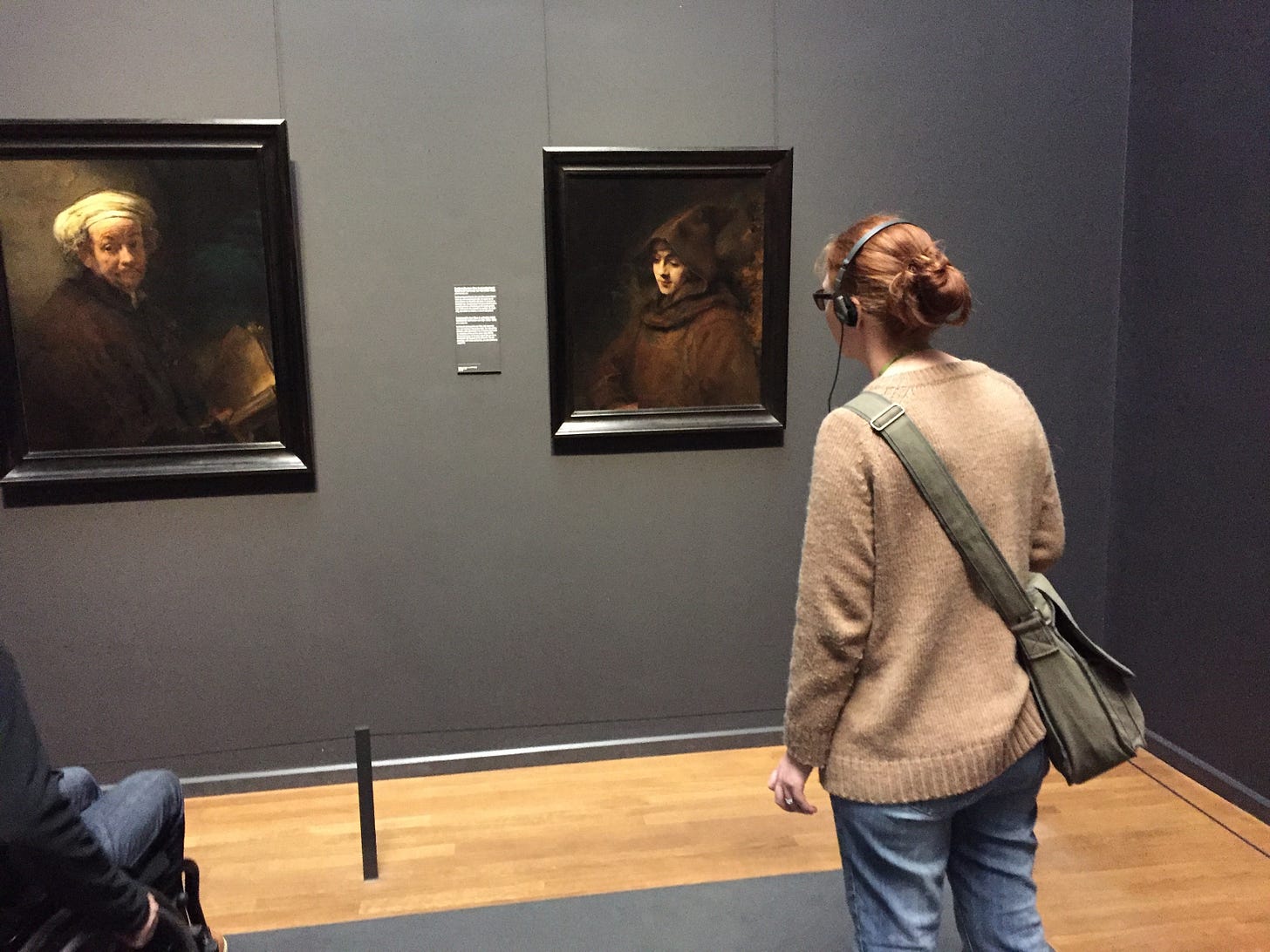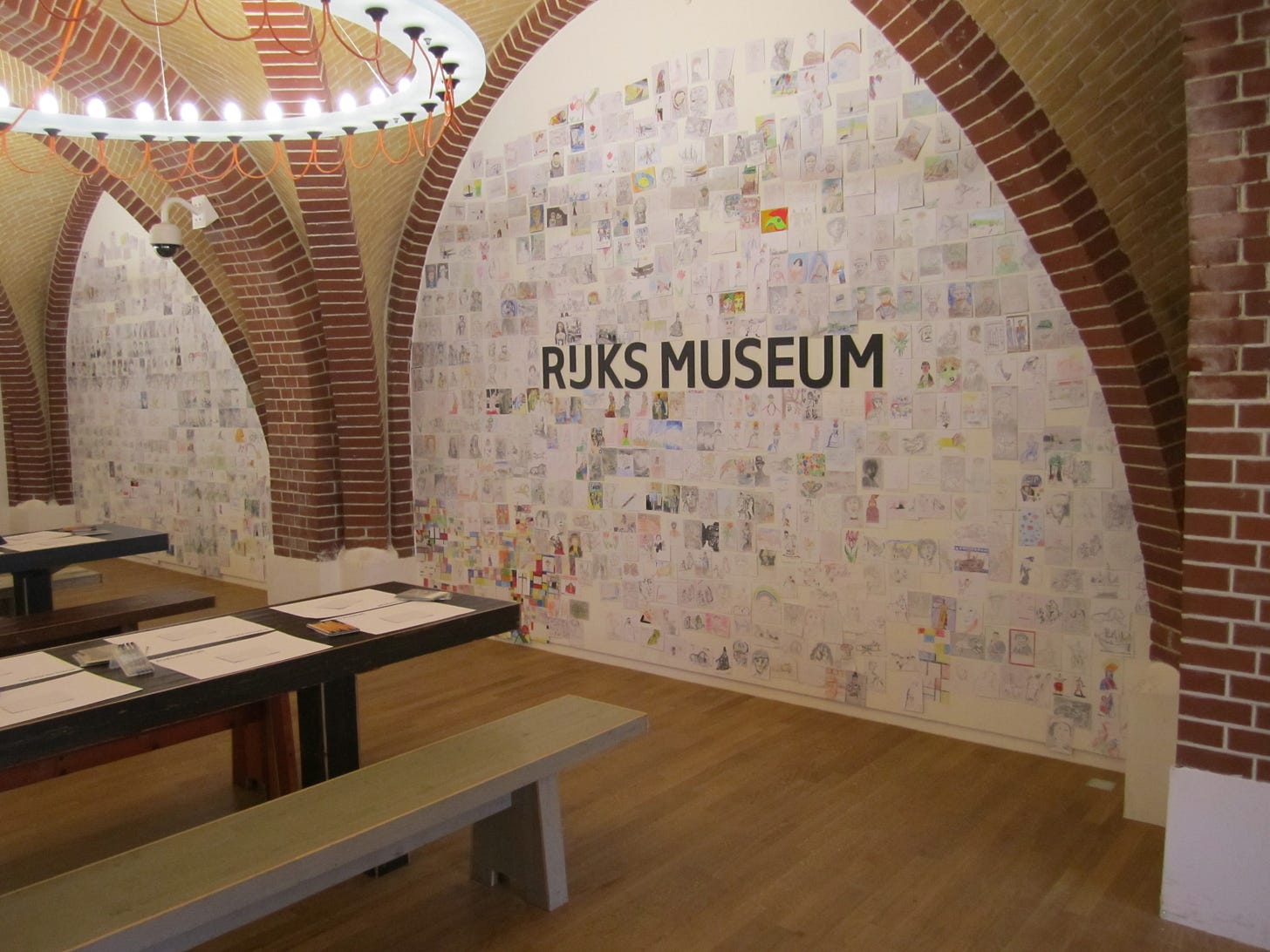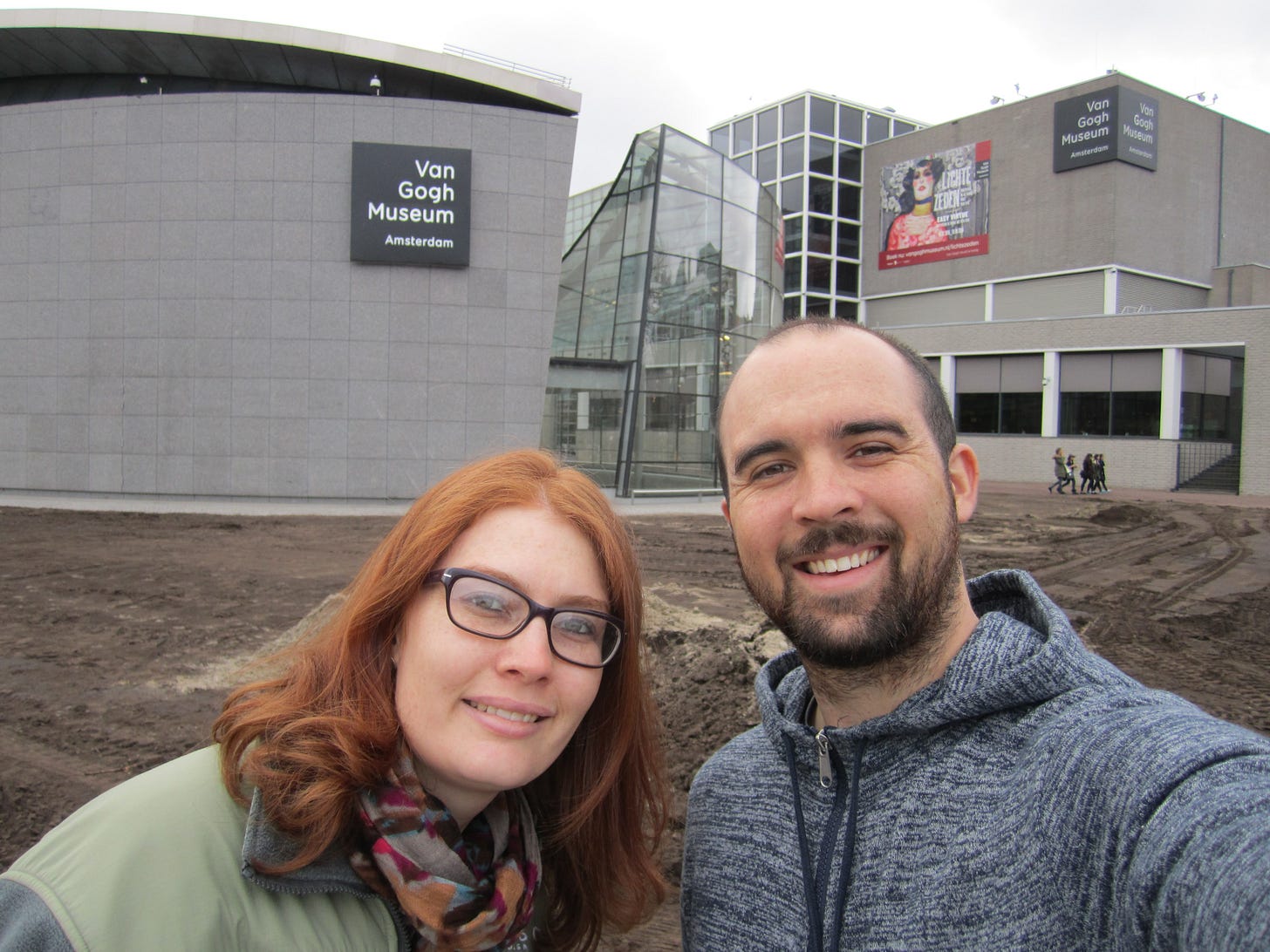If you had art as a subject in school, you might recognise this dilemma: that you don’t know how to make art that is not specifically for an assignment. I guess illustrators and designers can also easily fall into this trap where you can not make art if it isn’t for a client or a project. Though unintended, the whole schooling system revolves around making art for a external purposes. Making art for yourself or because you enjoy it does not exist, because how do you asses and give marks for that. And then there is the whole art meets social media thing, where art gets made for the amount of likes you can get. That in itself is a whole different discussion, but it ties in here with how you are making art for an external purpose, to be assessed and hopefully found good enough.
So when I left high school I did not know how to do art that was not for an assignment. The word ‘sketch book’ wasn’t part of my vocabulary. And even though I would often get good ideas for art projects, I ended up not making any at all. A decade flew by and every time I tried to draw something I would just get frustrated. Every stroke felt stiff and wrong. My muscles could no longer do what it once did. I was out of practise. And trying and failing to do something that you could once do quite well, felt like it’s own special brand of torture.
Then in 2016 we came to visit family in the Netherlands. It was my first time in Europe and only my second time outside of Africa. And when you grew up, studying art from black-and-white photocopies of Van Gogh’s paintings, there is no way that you are going to miss the opportunity to see them in real life. So we played tourist and decided to visit both the Rijks- and Van Gogh Museum on the same day. At that time, at the Rijksmuseum, you could get a small sketchbook and a pencil for free. It was mostly aimed at children, but the child in me opted in. The idea was to draw what you saw instead of taking photos. It made the experience so much richer and you learned and remembered so much more. Funny how, out of all the hundreds of paintings, sculptures and artefacts that I could see there, the one thing that had the biggest impact on me was this little free sketchbook and pencil.
Face to face with Rembrandt at the Rijksmuseum in Amsterdam, the Netherlands.
The Picnic room in Rijksmuseum. On the one side of the room you can have a picnic 🧺 and on the other there are art supplies to use to draw. The wall is full of drawings mostly made by children visiting the museum.
Afterwards we visited the Van Gogh Museum. It was wonderful. The vibrant, emotional paintings. The yellows and the blues. But among all of the masterpieces the thing that captured my attention, was Van Gogh’s drawings. The sketches he made of the working people he came across and the landscapes he saw. I could see that he worked at his art. He put in the time and practise. It wasn’t perfect from the get go. But that didn’t keep him from pursuing it.
Outside the Van Gogh Museum.
It was those two things - the idea that you can experience and remember more of what you see by drawing it and being inspired to push through the frustrating, relearning-how-to-do-art phase - that convinced me to give art another go. Later that week I went and bought myself a sketchbook and a few graphite pencils and carefully started to draw again. One sketchbook page at a time.








"Many painters are afraid of the blank canvas, but the blank canvas is AFRAID of the truly passionate painter who dares — and who has once broken the spell of 'you can’t.'" - Van Gogh
Erg jammer dat de Neocolor workshop zo snel vol zat voor het Schetsweekend in Den Bosch. Ga je nog eens een workshop online doen of op een ander met moment? Zou erg leuk zijn!